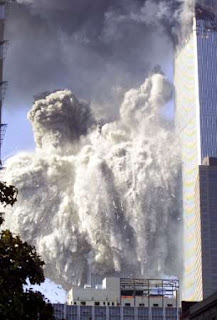1. File Formats - How data in a file is stored, such as jpeg, bitmap, MP3
2..DSLR - A digital single-lens reflex camera (digital SLR or DSLR) is a digital camera that uses a mechanical mirror system and pentaprism to direct light from the lens to an optical viewfinder on the back of the camera.
3.Autofoucus - The camera automatically focuses on the object to capture at which it is pointed; this object then becomes the sharpest part of the overall image.
4. Metering - The process of measuring the usage of volume of a system, such as software functions that monitor and sometimes control the number of concurrent users as specified in the licensing agreement.
5. aperture - a device that controls amount of light admitted
6. shutter - a mechanical device on a camera that opens and closes to control the time of a photographic exposure
7. exposure - the intensity of light falling on a photographic film or plate; "he used the wrong exposure"
8. depth of field - The amount of space within lens view which will maintain acceptable focus at given settings (ie camera speed, film speed, lens aperture). (Cinematography)
9. F-stop - The measurement of light able to pass through the photographic lens.
10. focal length - focal distance: the distance from a lens to its focus



































